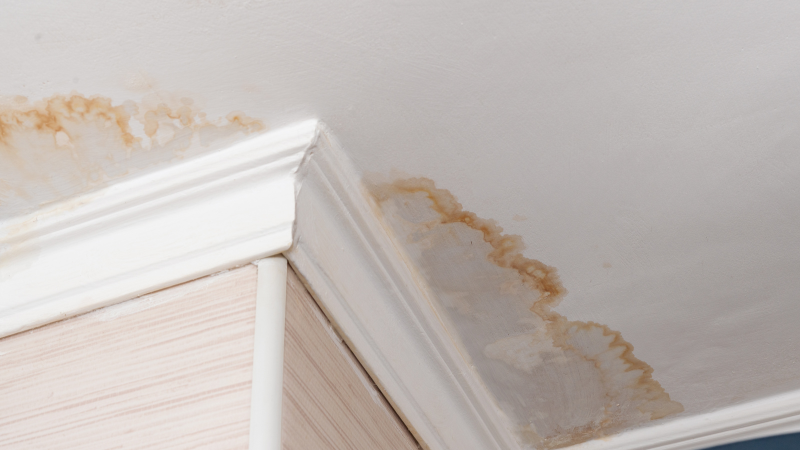This post which follows about Preventing Water Damage in the Bathroom is really entertaining. Don't overlook it.

The washroom is exceptionally at risk for wet build-up as well as prospective water damages due to the frequent use of water in it. This article offers easy evaluation methods to assist discovering water damage risks.
The regular use of water in the restroom makes it incredibly susceptible for damp accumulation and potential water damage. By inspecting it regularly, you can reduce water relevant problems.
The adhering to collection of assessments is simple to do as well as ought to be done once in every three months in order to maintain your washroom healthy as well as to avoid potential water damages brought on by the bath tub, the shower, pipeline joints as well as plumbing, sinks, cabinets, and also the commode
Do not disregard carrying out these evaluations and be detailed while doing them. Bear in mind that these simple examinations can conserve you a lot of cash by supplying early indications for water damages
Sinks as well as Cabinets
Sinks and closets are subjected to wetness and moisture everyday and are usually ignored. Evaluate frequently under the sink and on the kitchen counter over it. Repair any drip in the trap as it may suggest drainpipe issues. Look around the sink, sluggish draining pipes might show a blocked drainpipe. Replace sink seals if they are fractured or loose.
Bath tub and Shower
The shower and also bathtub need special interest and also maintenance. Examine the floor tiles and also replace if fractured. Ensure that there is no missing cement between the ceramic tiles. Evaluate and change cracked caulking at joints where the wall surfaces meet the flooring or the bathtub. Obstructed drains as well as pipes issues will certainly avoid the bath tub from drying as well as may suggest significant issues under the bathtub. Seek advice from a professional instantly to stop structural damages. Pay attention to discolorations or soft locations around the bathtub walls as they might indicate an interior leakage.
Plumbing
Signs for water damage are hard to discover given that most pipes are set up inside the wall surfaces.
Pay unique attention to flooring as well as wall surfaces dampness and stains as they may suggest an unseen plumbing problem. Check moisture levels in adjacent areas too.
The Toilet
The toilet is a susceptible water joint. Inspect the water lines and also look for leakages around the commode seat, in the hose, and under the water tank. If you find any kind of indicators of dampness on the flooring around the toilet, check for leaks in the toilet rim and container seals.
Know that hanging bathroom dish antiperspirants raises the chances for clogs.
Water Damage Signs In The Bathroom To Avoid Cleanup
Musty smell
This is one of the easiest signs to catch because musty smells are so odorous. The damp, earthy, moldy smell should be a big red flag. The smell will develop when moisture gets trapped in surfaces, and begins to facilitate mold growth. Leaking pipes under cabinets, inside walls, and behind shower fixtures will cause moisture to stay trapped and not dry, which will lead to mold growth and spread. As soon as you notice any musty smells in your bathroom, have it checked for hidden water damage and cleanup signs.
Visible mold
If the smell isn’t there to give it away, sometimes you will actually see mold growth. Finding mold in your bathroom is a serious problem, because mold is very harmful to your health. By the time mold growth is visible, it also means that water damage has already occurred and been present for some time. The only way the mold problem can be resolved is to find the source of the moisture and get it stopped. To safely and adequately remove mold, you need to have professionals handle the remediation. Do not waste any time in getting mold problems addressed, fixed, and sanitized so that you can protect you and your family from the many respiratory symptoms caused by mold exposure.
Damaged floors
Bathroom floors should be able to withstand some exposure to water while still remaining in good condition. However, when excess exposure or water leaks occur, they will begin to damage even the most water-resistant flooring. If you notice any cracking, bubbling, staining, or warping on your bathroom floors, there is probably a water leak somewhere causing the distortion. If you notice areas of the floor have become softer, or even have a spongy feeling, there is probably damage to the subfloor. Subflooring is typically made up of plywood. When plywood is exposed to water or moisture, it will absorb it. Once it has become saturated, the weight of the excess water will cause the wood to swell and soften. Check the floors in your bathroom frequently to catch any of these sings before they lead to damaged subflooring.
Changes on walls
When water leaks behind walls, it will cause changes in the drywall. Peeling plaster, blistering paint, and soggy wallpaper are all good indicators that excess water is building up behind the wall. Water leaking behind drywall will cause it to swell and be soft to the tough. If you start to notice gaps along the trim of your walls, or where tile meets the wall, it could also be a strong indicator that there is a leak behind the wall. Any changes, distortion, or damage on the walls should be evaluated as soon as you notice it to prevent further water damage and cleanup.

Hopefully you liked our part about Preventing Water Damage in the Bathroom. Thanks a lot for taking time to read our article post. For those who enjoyed our blog posting plz be sure to share it. I value reading our article about Looking for Signs of Water Damage in the Bathroom.
Check It Out